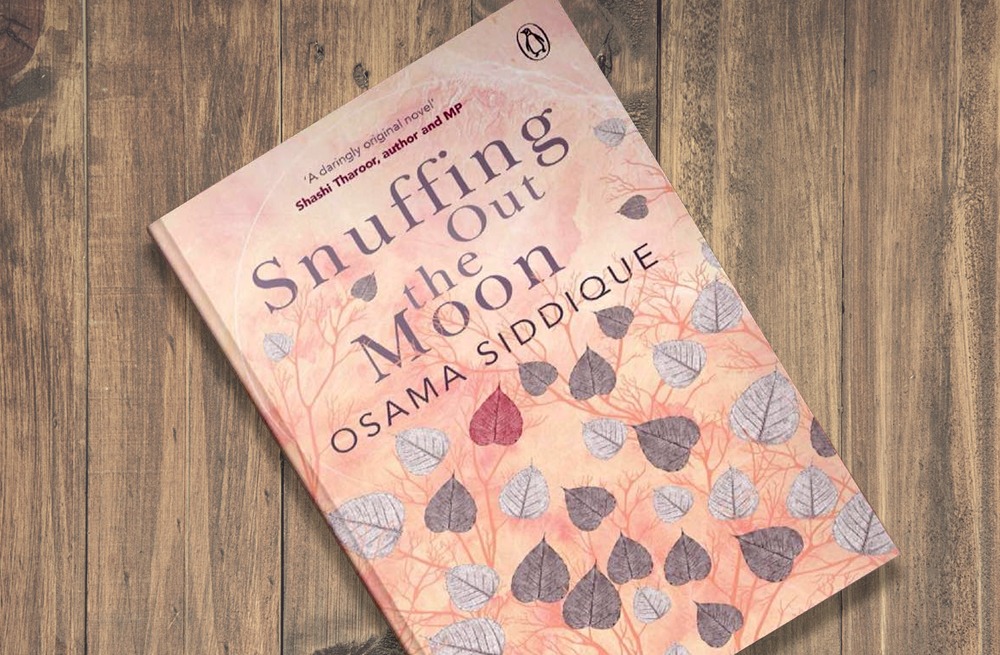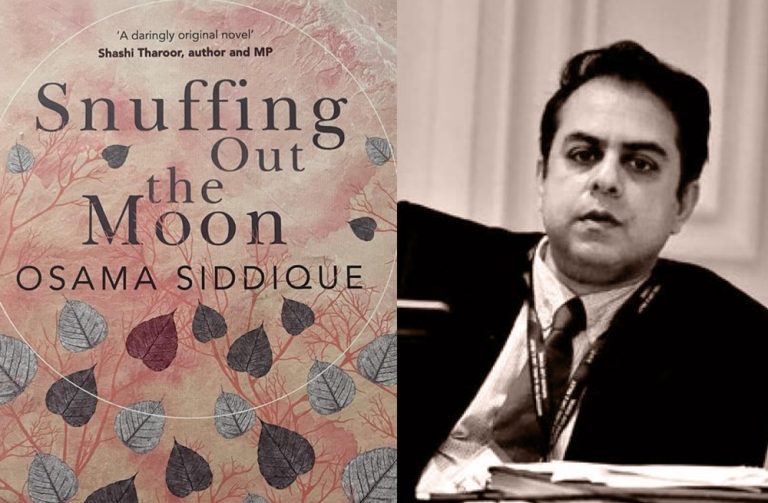I met the author of this book before I ever read it. In fact he very adroitly steered a session on The Aleph Review at the Lahore Literary Festival, with wit and knowledge.
Those are the two mainstays of his novel as well, which has now been translated into Urdu.
The novel moves through the centuries from 2084 BCE Mohenjodaro, where a young man takes to a solitary existence in the then wooded environs of the ancient city. He sees imminent disaster that he thinks will destroy the city. But the moment the reader settles herself in this world, she is catapulted forward to the fabled university city of Takshasilla, in 455 CE, and the ruminations of a monk distressed by his colleagues who seem to have lost sight of the Buddha’s message.

Then again, we move forward to 1620 and the Mughal India of Jehangir, to the foibles of a pair of itinerant fortune seekers and their adventures. Thence to 1857, to the story of Mir Sahib, a wandering minstrel, set against the heaving tide of the war for independence—or the Great Mutiny, as the British colonists would call it.
The reader then meanders to contemporary Lahore, where the widow Rafiya Begum navigates the extremely labyrinthine complexities of the legal system as she struggles to wrest her rights from predatory charlatans, and onwards to the final epoch in this densely interwoven patchwork of beautifully rendered tales. This last tale is set in the year 2084 CE, the future—shades of Orwell’s 1984?—where the cataclysmic events that led to the rise of ruthless water conglomerates are exposed.
The reader goes back and forth in this spiral of stories, satisfying because they are so well-researched and yet invested with the true talent of a teller of tales.



